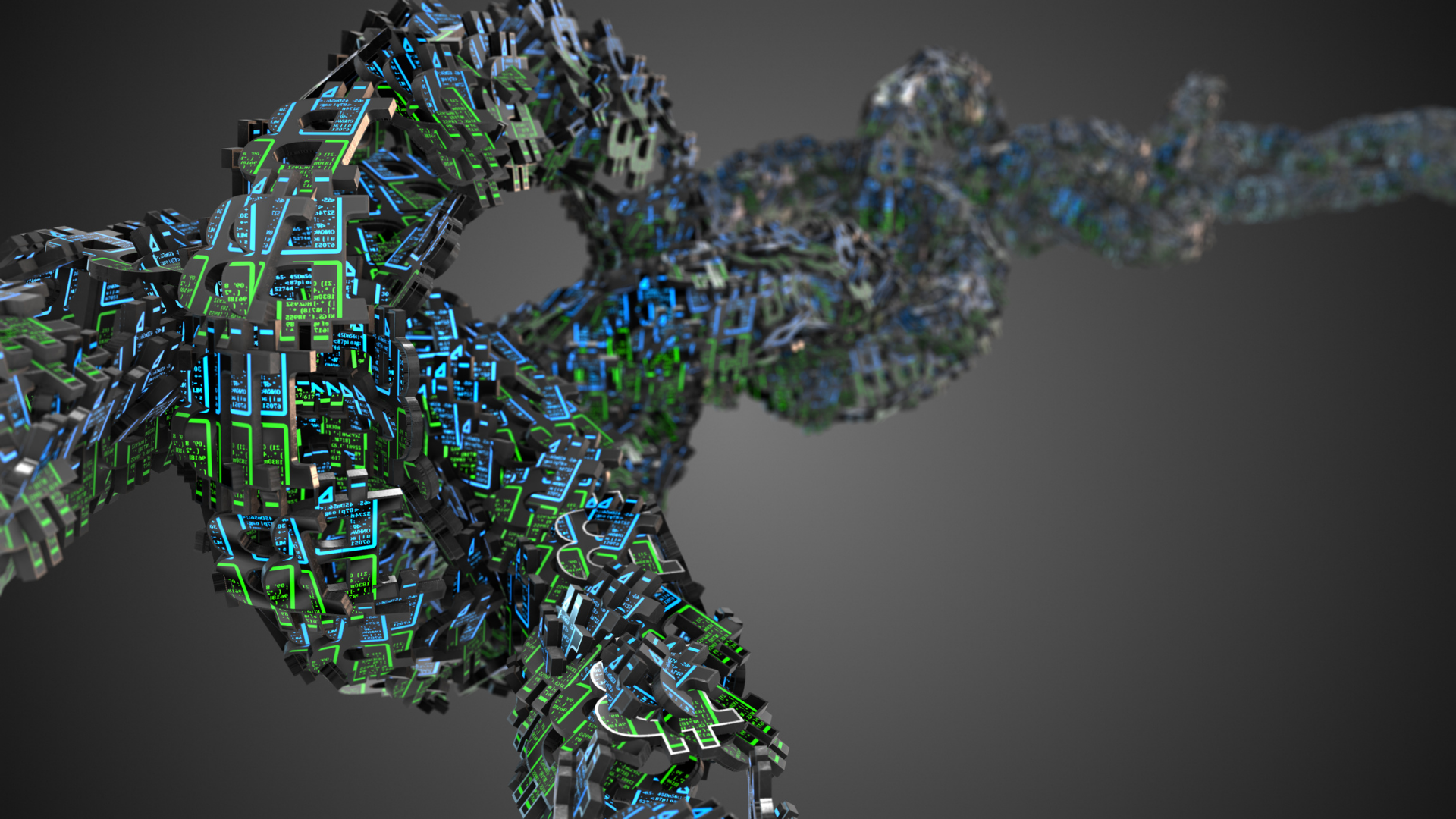The crypto world is expanding. It’s not just about currencies like Bitcoin or Ethereum, anymore. Instead, the underlying blockchain technology – powerful network-driven software that enables people to interact trustlessly – is driving revolutionary applications.
The marriage between two blockchain technologies – NFTs and DeFi – is one such example. It is still gathering momentum but once it arrives, it will open up a host of possibilities.
What Are NFTs?
NFTs – or “non-fungible tokens” – are a new class of digital assets, popularized by the inimitable CryptoPunks. They serve as unique identifiers that people use online – a bit like avatars – to signify ownership of an asset to the network.
NFTs are unique in that they are non-fungible. Their uniqueness is due to their lack of fungibility. If something is fungible, it means that you can replace it with another item “like for like.” For example, if we give a banker a $1 bill, they can give you another one in return – and nothing has changed. However, with NFTs, things are different. They can only be possessed by the person who generated them and cannot be exchanged for goods or services in the same way that traditional assets can.
What Is DeFi
DeFi stands for decentralized finance. It runs the gamut from stable coins to automation to yield farming, which took off in the summer of 2020. And, like NFTs, it too relies on blockchain technology at its core.
The Merging of DeFi and NFTs
DeFi and NFTs are natural bedfellows, but getting them to work together in a seamless manner remains a challenge. Potentially, DeFi offers a means to use decentralized banking systems to access, pay for, and trade non-fungible tokens. But, due to the newness of what’s happening, we’re not quite there yet.
From the perspective of DeFi, inclusion of NFTs is actually quite straightforward. NFTs would simply become another asset in their mix, along with cryptos, contracts, and whatever else they handle. Users could keep NFTs in their wallets, trading them independently of any central gatekeeper whenever the desire arose.
Collateralization is one clear application of NFTs. Suppose, for instance, that a user wants to borrow money from a decentralized lender. Offering regular assets as collateral is theoretically possible, but, in many situations, difficult. Instead, the borrower could simply offer up their NFT as collateral for the loan.
The way this would work is simple. The lender would create a blockchain-based contract to release the NFT into their possession if the borrower failed to make repayments. The process would be automatic, and would immediately compensate the creditor, whether a group or an individual.
NFTs are also making it possible to attribute the actual owners of assets to receive royalties from them. For instance, DeFi platforms are granting ownership rights to creating using NFTs, all automatically through the blockchain network.
Furthermore, NFTs used in this manner are substituting for traditional bank statements. DeFi creditors can see the revenue value of an NFT (verifying earnings) and simply use this as a form of guarantee when making loans. People are using them for copyright ownership, licensing, and royalty sharing.
